8. April and the Extraordinary World (Christian Desmares & Franck Ekinci)
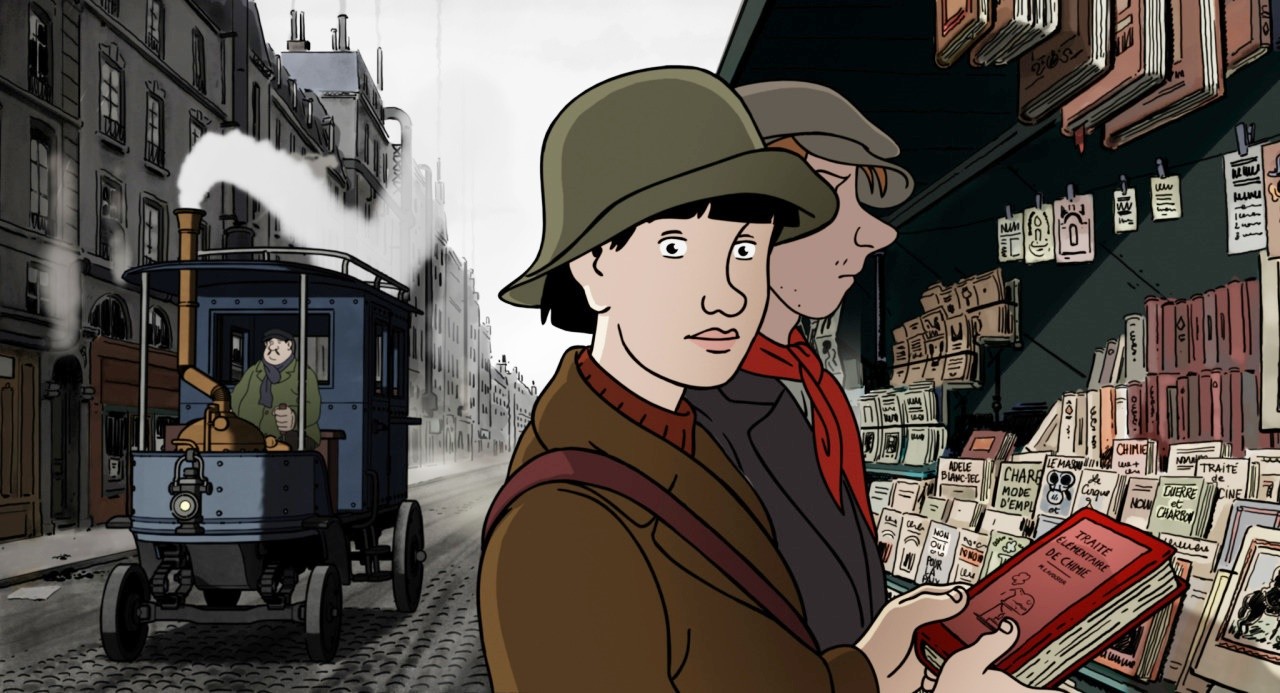
The truly extraordinary world from the comic-artist Jacques Tardi’s imagination is brought to big screen by the promising first-timers Desmares and Ekinci. Set in the alternative world of 1941 in which Paris has two Eiffel Towers, while the renowned scientists are missing, their feature debut is bursting with creativity. (A transforming Victorian house is just one of the retro-inventions you’ll witness here.)
There is something that awakens interest in almost each meticulously composed frame of this film which seamlessly blends emotional drama, subtle comedy, stirring action and steampunk fantasy into a kinetic story dealing with human nature and ecological issues. In spite of its many influences, from Lang’s “Metropolis” to Miyazaki’s “Howl’s Moving Castle”, it never seems derivative.
Illustrated in thick lines and “grimy” colors in the coal-field parts and refreshingly green in the last act, “April and the Extraordinary World (Avril et le monde truqué)” offers not only splendid visuals, but a bunch of likable characters as well.
7. The Survivalist (Stephen Fingleton)
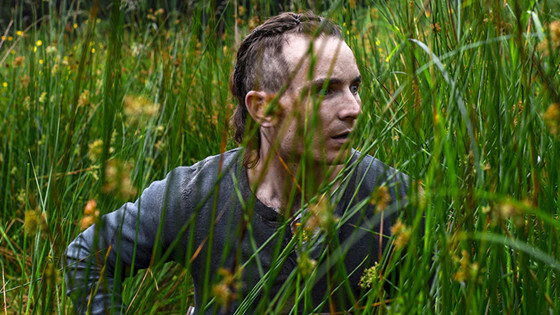
The British director Stephen Fingleton also impresses with his feature debut “The Survivalist” – a tightly directed and exceptionally acted post-apocalyptic thriller-drama which takes a bleak view of a man in extreme conditions.
The emerald forest of Northern Ireland – the author’s homeland – plays the role of the unnamed titular hero’s “stronghold” where he grows a mini-farm of sorts, in order to prolong his day to day survival as much as possible. That young man’s hopeless situation becomes more complicated with the arrival of a mother and daughter couple whose intentions aren’t pure – understandably, as all is going to hell.
Via the household enlargement and the introduction of roving robbers, Fingleton raises the tension and intensifies the heavy atmosphere of paranoia. His powerful images in which the resourceful ones fight against cruel nature and among themselves render the words superfluous, so the gazes of fear, despair and mistrust oft-replace the dialogue.
6. Big Fish & Begonia (Xuan Liang & Chun Zhang)
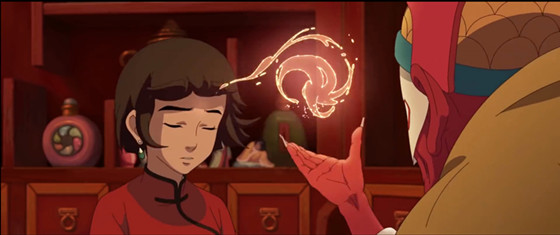
When a film, animated or not, grabs your attention from the very beginning, even though you watch it without the subtitles (not understanding a word), then it certainly deserves a place on the best of list. Inspired by the ancient texts from “The Classic of Mountains and Seas (Shan Hai Jing)”, the legends anthology “In Search of the Supernatural (Soushen Ji)” and Zhuangzi’s Daoist fables, this piece of indie cinema is a milestone in the Chinese cartoon industry.
Dealing with the themes of love, death, sacrifice and redemption, “Big Fish & Begonia (Da Yu Hai Tang)” frequently leaves you breathless with the superb character design and painterly backgrounds of a magical world. Visually inspired frames – lush in colors and oft-symmetrical in composition –exude with elegance and sophistication, whether they look like the stuff dreams are made of or evoke a post-apocalyptic nightmare.
(Not to mention that the budget Liang and Zhang had at their disposal was much, much smaller than those of blockbusters such as “Zootopia” or “Kubo and the Two Strings”.)
5. Tale of Tales (Matteo Garrone)
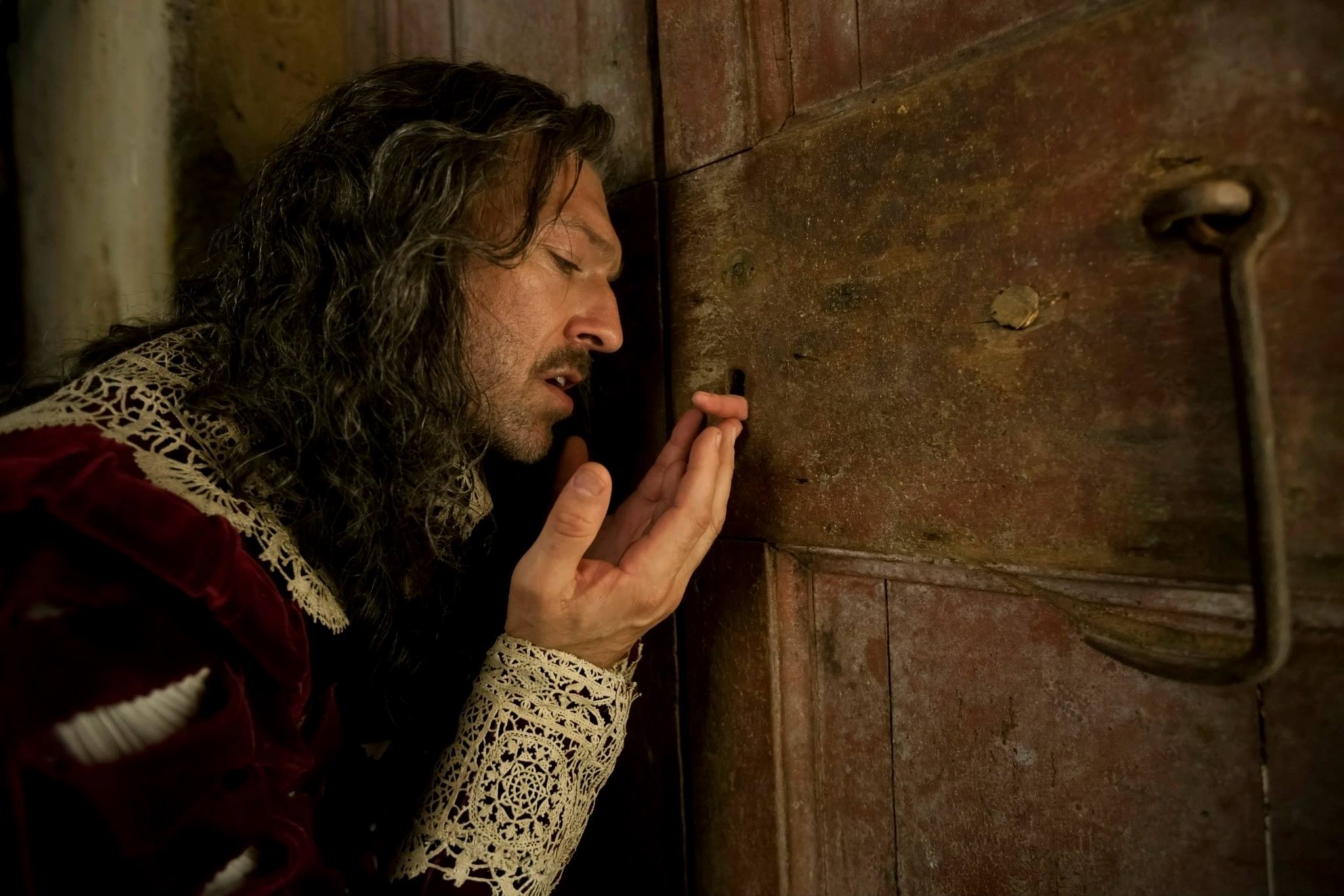
In his English language debut, Matteo Garrone of “Gomorrah” fame plunges his stellar international cast into a whimsical, baroquely lavish, darkly humorous and occasionally grotesque fantasy based on three folk fairy tales from Giambattista Basile’s collection. The triplet of peculiar stories reflects the timelessness of the source material, given that we can easily recognize the undying issues in the vivid protagonists’ actions.
Mainly focusing on lust, power abuse, familial discord and generational gap, Garrone gives himself freedom to cut each of the narrative threads whenever he pleases, keeping the viewer interested with those cliffhangers.
Helped by DP Peter Suschitzky whose keen eye captures the magnificence of the shooting locations and Massimo Cantini Parrini’s costumes (worthy of comparison to the late Eiko Ishioka’s brilliant design), he weaves a tapestry of spellbinding imagery and swirling emotions. Also commendable are Dimitri Capuani’s gorgeous sets, as well as the unobtrusive mix of practical and digital effects.
4. The Girl Without Hands (Sébastien Laudenbach)
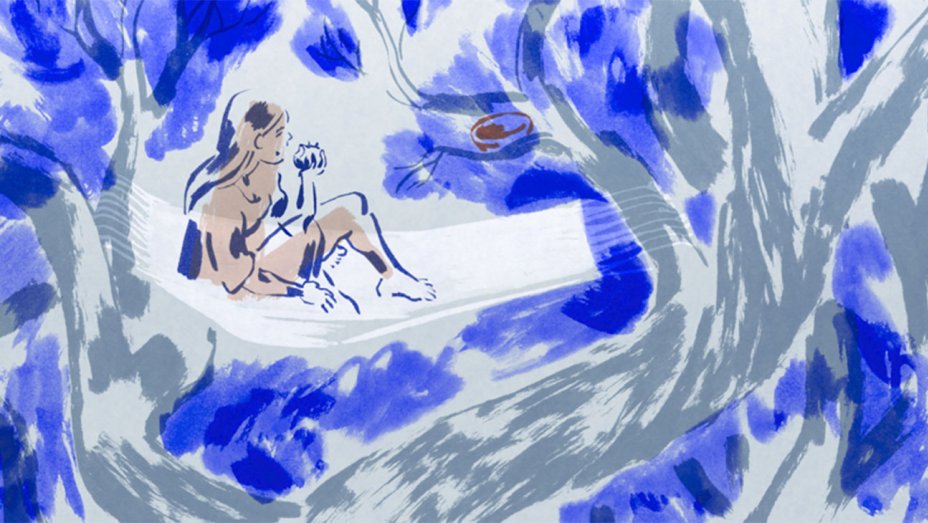
Reviving one of the lesser known Brothers Grimm fairy tales, Sébastien Laudenbach creates the work of unique beauty. In the narrative of a poor miller’s daughter who loses both hands because of her father’s Faustian bargain, the Fauvist art meets Asian ink wash paintings.
Deliberately sketchy and leisurely paced, “The Girl Without Hands (La jeune fille sans mains)” mesmerizes with its soft and airy aesthetics, complemented by Olivier Mellano’s dreamy post-rock score which injects a certain amount of modernity into the proceedings.
Speaking of goodness vs. greediness and the tumultuous journey of life, the French animator goes for a universal appeal, but he limits the audience with the instances of full-frontal nudity, sex and violence (albeit, highly stylized). With his delicate, unexpected brushstrokes and pulsating, nearly abstract drawings, he believably conveys all the action and the character’s mental, emotional and physical state. In his case, less is definitely more.
3. Endorphine (André Turpin)
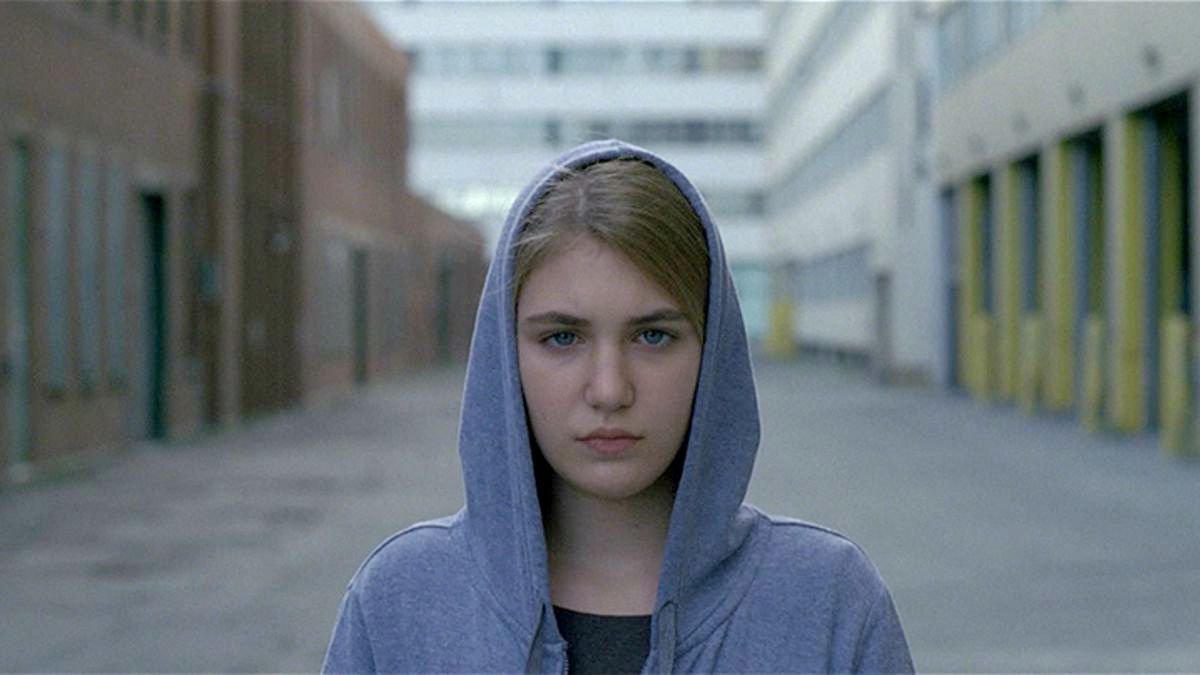
Simone times three. Different time, different place, different person. Or maybe, they’re all one and only Simone in parallel universes. Their past(s), present(s) and future(s) collide, intertwine, repeat, move backwards and get into a surreal loop, usually when “she” faints, as they probably can’t exist simultaneously (at least, not on the conscious level).
“Endorphine” is a cold, hermetic and thought-provoking metaphysical mystery which stubbornly refuses to provide clear answers, in the vein of “Last Year at Marienbad” or rather, some Lynchian puzzle. It is DP André Turpin’s third directorial effort – an experimental exploration of the nature of film, dreams, traumas, memories, identity, premonitions and, ultimately, death in subdued colors, edgy geometries and humming soundscapes.
Infused with the atmosphere of hypnagogic nightmare and irrational (existential?) fears, this film is elevated by excellent performances of Sophie Nélisse, Mylène MacKay and Lise Roy.
2. The Red Turtle (Michaël Dudok de Wit)
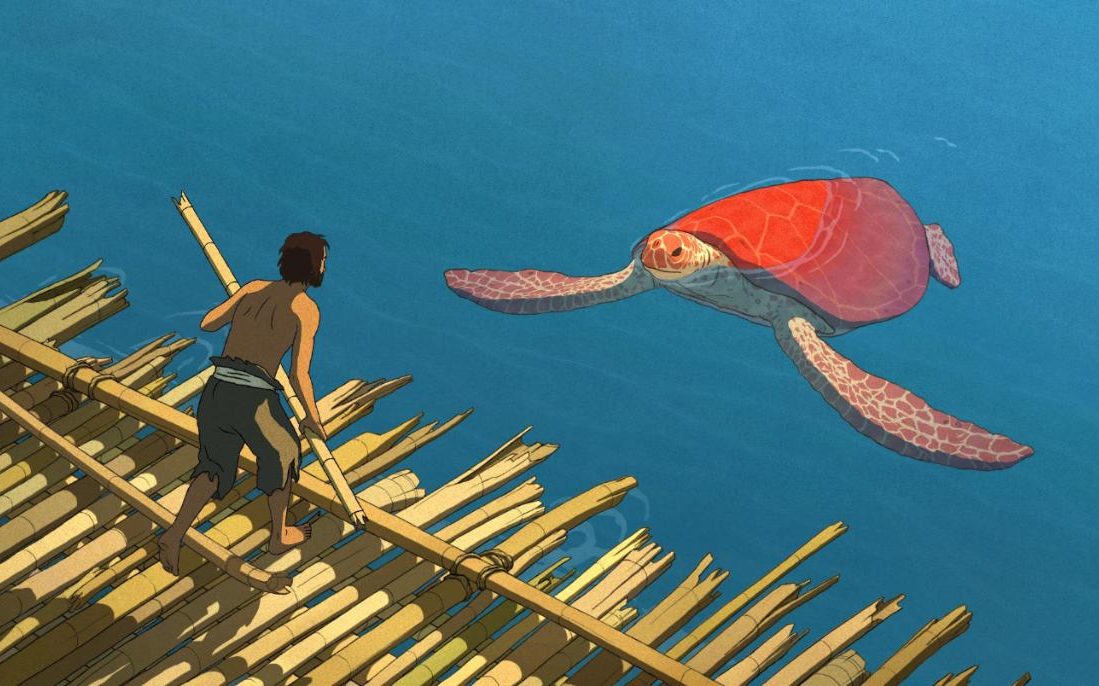
The last, but the best feature debut on the list is the Dutch animator Michaël Dudok de Wit’s story of life and death – archetypal, universal, timeless. Magnificently simple or simply magnificent, this Franco-Belgian-Japanese co-production is the result of almost a decade long commitment which is mirrored in every meticulously crafted frame of animation.
Dialogue-free and painted with gentle strokes, it can be interpreted as an ode to human perseverance or an allegory about the relationship of a (worthless) man to (whimsical) Mother Nature. Beginning as a Robinson Crusoe-like narrative, it is given a mythological dimension in the film’s later course which brings along some new themes.
De Wit brilliantly utilizes the contrast between the negative space and the characters (whose design is delightfully minimalist) to emphasize the monumentality of the surroundings. Endless blue sea, lavish greenery, warm sunsets and silvery nights provide the moments of sheer visual poetry, as the grainy texture of enthralling compositions gives the impression that “The Red Turtle” is a long-forgotten gem of some old-school master.
1. The Forbidden Room (Guy Maddin & Evan Johnson)
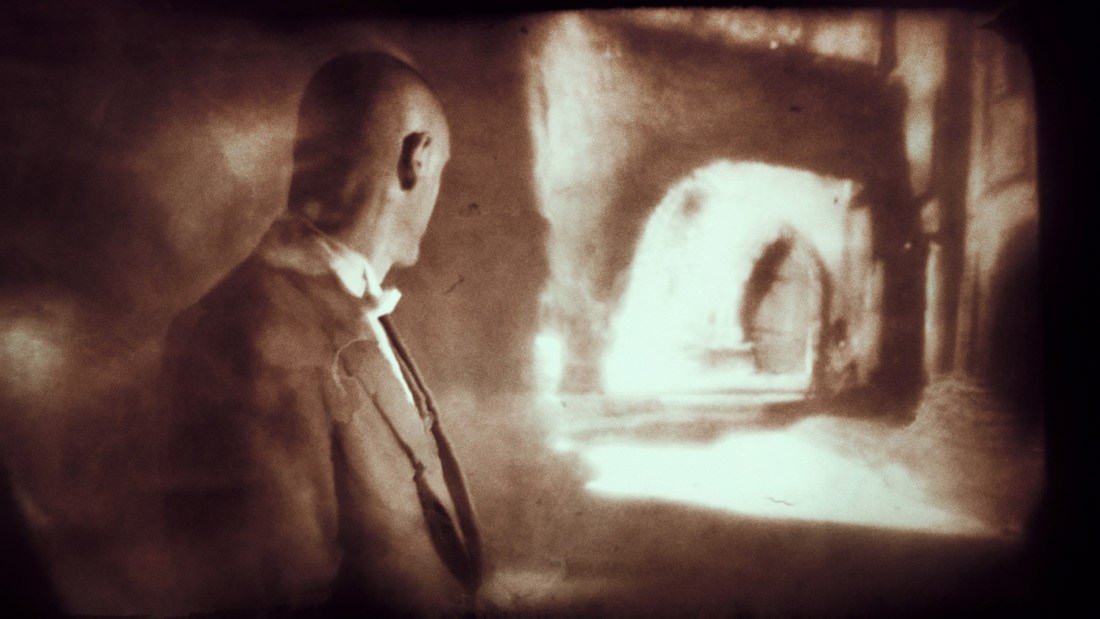
Conceived as “a story within a story within a story…” (ad infinitum), “The Forbidden Room” is the latest successful experiment by the prominent Canadian avant-gardist. Bringing the unforgettable experience, this pseudo-silent extravaganza lulls you into a state of oneiric ecstasy or subconscious euphoria.
Never letting you to take a breath and intoxicating you with a hard genre cocktail, Maddin and his co-director (and visual effects artist) Evan Johnson “guide” you through the labyrinth of bizarre cinematic dreams, all the way to the titular room where a climactic brain explosion occurs.
Insolent, cerebral, perverse, esoteric, psychedelic, psychosexual, self-reflexive and deliberately chaotic is their phantasmagoria which murders your inner child to make you awaken your inner surrealist. If it had been a woman, she would have voluntarily sacrificed her garter to a volcano which accepts a sweetened tapioca as well.
Like Janus, it looks into the past and into the future, hypnotizing you with the images that look like old, scratched and hand-tinted photographs. Romantic in its absurdity, this two hour enigma is both unsolvable and with infinite solutions. A masterpiece.
Author Bio: Nikola Gocić is a graduate engineer of architecture, film blogger and underground comic artist from the city which the Romans called Naissus. He has a sweet tooth for Kon’s Paprika, while his favorite films include many Snow White adaptations, the most of Lynch’s oeuvre, and Oshii’s magnum opus Angel’s Egg.